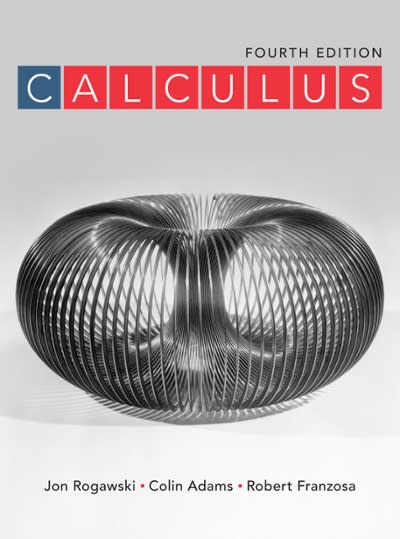Question:
In a free market economy, the demand curve is the graph of the function D that represents the demand for a specific product by the consumers in the economy at price q. It is not surprising that the curve is decreasing, as the demand drops as the price goes up. The supply curve is the graph of the function S that represents the supply of the product that the producers are willing to produce as a function of the price q. As the price goes up, the producers are willing to produce more of the item, and therefore, this curve is increasing. The point (p∗, q∗) at which the two curves cross is called the equilibrium point, where the supply and demand balance. Tradition in economics is to make the horizontal axis the quantity q of the item and the vertical axis the price p. We define p = S (q) to correspond to the supply curve and p = D(q) to correspond to the demand curve. In other words, we have inverted the formula for these two functions from giving quantity in terms of price to giving price in terms of quantity. The areas depicted in Figure 9 represent the excess supply and excess demand.
(a) The consumer surplus represents the savings on the part of consumers if they pay price p∗ rather than the price greater than p∗ that many were willing to pay. Write a formula for this consumer surplus. The formula will include a definite integral and it will depend on p∗ and q∗.
(b) The producer surplus represents the savings on the part of producers if they sell at price p∗ rather than the price less than p∗ that some producers were willing to accept. Write a formula for this producer surplus.
(c) A variety of coffee shops in a town sell mocha latte supreme coffees. If the supply curve is given by p = q/100 + 1 and the demand curve is given by p = 10 q/100 + 1 , determine the equilibrium point (p∗, q∗) and determine or approximate the consumer surplus and producer surplus when the mocha latte supreme coffees are sold at price p∗.






